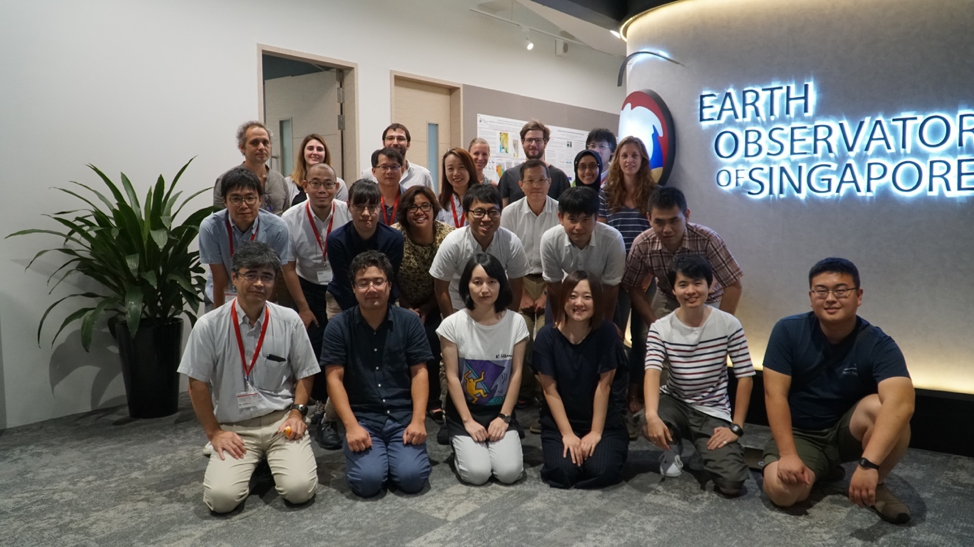
Singapore, unlike Japan, does not have any volcanoes. However, our little sunny island is in proximity to 127 active volcanoes in Indonesia and 53 in the Philippines. This means that like Japan, Singapore too could be significantly affected by different types of volcanic hazards, making research on volcanoes an important area of study for both countries. Here’s how Singapore was once affected.
Singapore was impacted by volcanic ash in 1991 after the eruption of Mount Pinatubo in the Philippines. And with that many volcanoes around the country, it is unlikely to be a one-off. As for Japan, it is in constant alert with its currently 110 active volcanoes. But, despite a very developed monitoring system, some eruptions – such as the 2014 Ontake eruption – still have devastating consequences.
To address this need for a better understanding of volcanic processes and their potential impacts, the Earth Observatory of Singapore (EOS) organised a symposium aimed at fostering scientific exchanges and long-term collaborations with the international scientific community. At this inaugural Japan-Singapore Volcano PhD Symposium, held on 14th and 15thOctober 2019, students and scientists from EOS, Kobe University, Kyushu University, Hokkaido University, Nagoya University, Hebrew University of Jerusalem, Tohoku University and The University of Tokyo came together to learn from one another. It was a unique and valuable opportunity for the PhD students to present their research project and obtain feedback for improvement.
The symposium kicked off with the defense of EOS PhD student, Dr Fabio Manta, who talked about how the deformation of a volcano and the perturbations of the Earth’s ionosphere can help detect and characterise eruptions. The participants then visited the EOS laboratories before listening to presentations and discussing them with the lead authors.
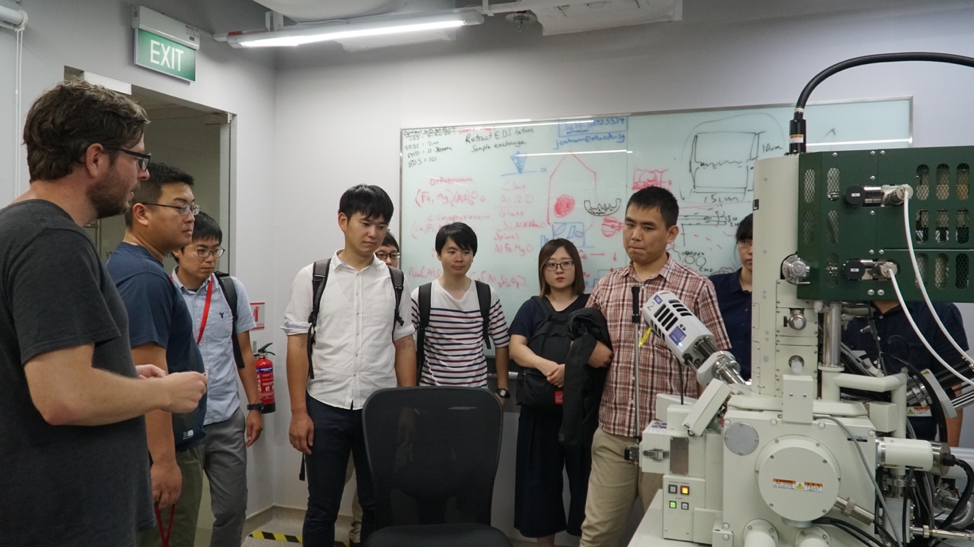
These presentations included topics like what volcanic rocks can tell us about the pre-eruptive processes that occur underneath a volcano and how we might improve the way we monitor volcanic gas and seismicity.
EOS PhD student Sri Budhi Utami talked about how the geochemistry of volcanic rocks at Kelud volcano in Indonesia shed light on the pre-eruptive magmatic processes and timescales, which can then help to fine-tune future monitoring strategies.
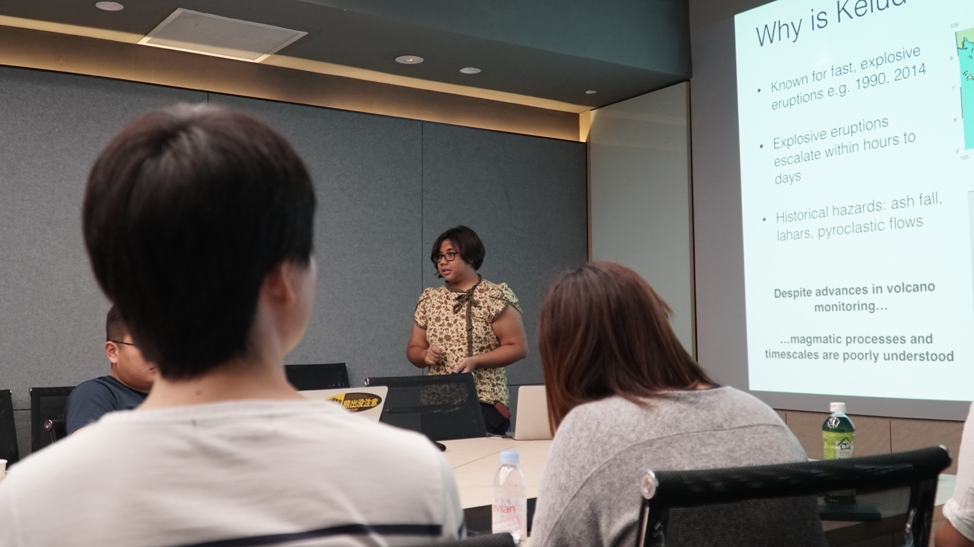
Monitoring strategies include the analysis of gas and waters discharged from the volcano. The composition and temperature of these fluids in rivers, hot springs, and fumaroles around volcanoes can reveal a lot of information on whether magma is getting closer to the surface. Often, though, such measurements are sparse and new techniques need to be developed to improve real-time monitoring. To address this, PhD student Takato Ono from the University of Tokyo presented an automatic sampling tool that can be used to collect volcanic waters.
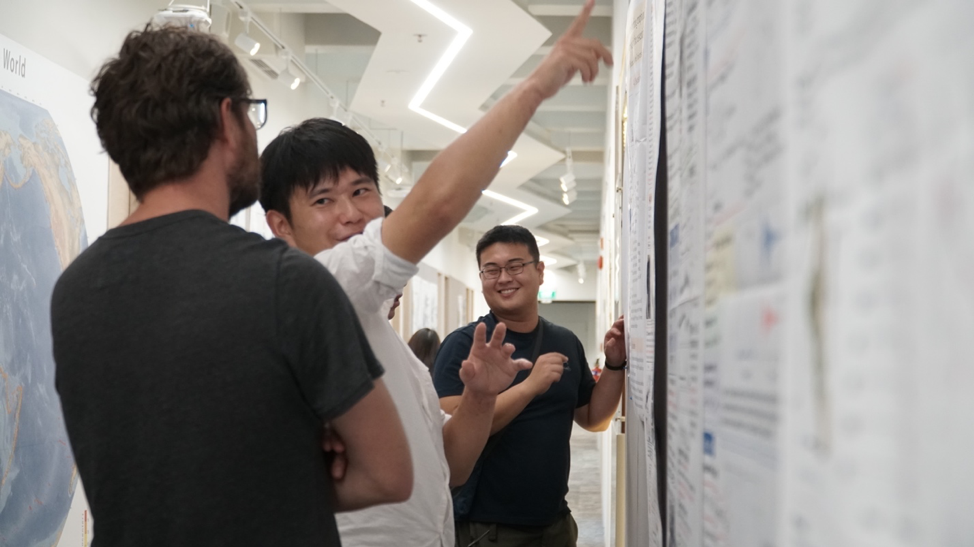
The next topic was nothing else than the most common monitoring strategy: the analysis of the volcano seismicity and infrasound signals. In particular, how are these signals affected by the monitoring network, and what are the common signs of this activity? Preliminary results obtained by EOS PhD student Yizhou Luo reveal that the location and the type of monitoring sensors can bias the detection of precursory activity.
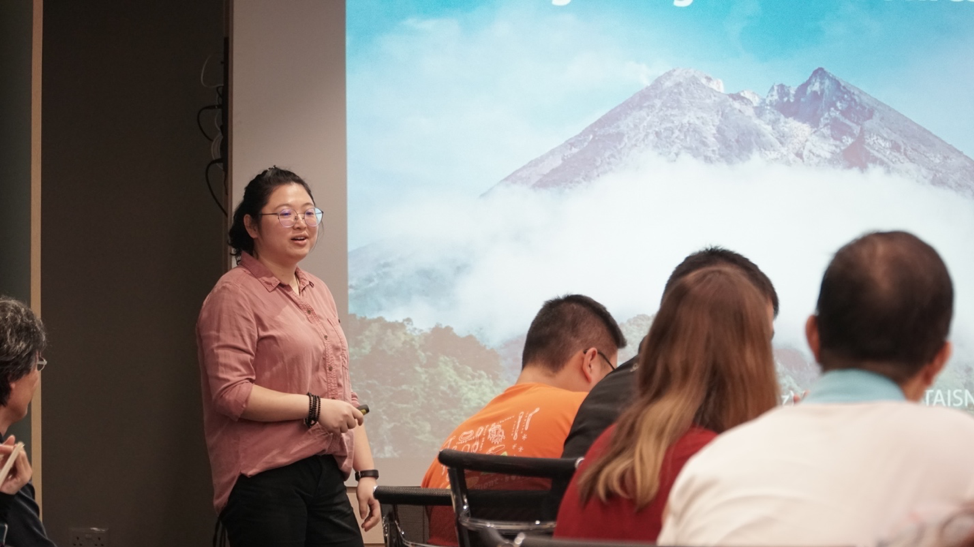
The symposium brought about lively discussions and allowed the scientists the opportunity to exchange ideas on several topics, including how to quantify the likelihood of an eruption at volcanoes that have no records of past eruptions. For an inaugural symposium that brought together such bright sparks from Singapore and Japan, this was a huge success and we look forward to having a more exciting run next year.
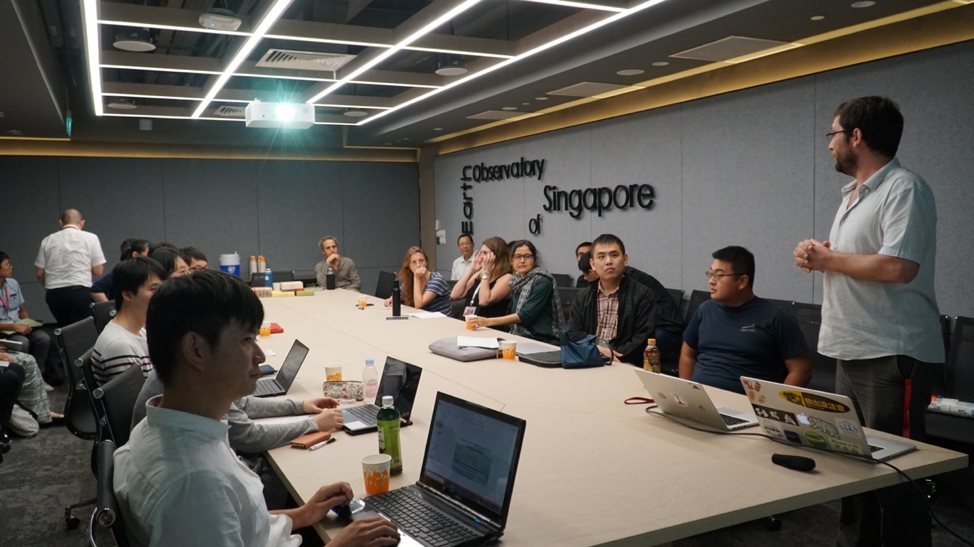
This symposium was funded by EOS and the Integrated Program for Next Generation Volcano Research and Human Development under the Program by Ministry of Education, Culture, Sports and Science and Technology of Japan, and marks the beginning of a valuable collaboration between Japan and Singapore.